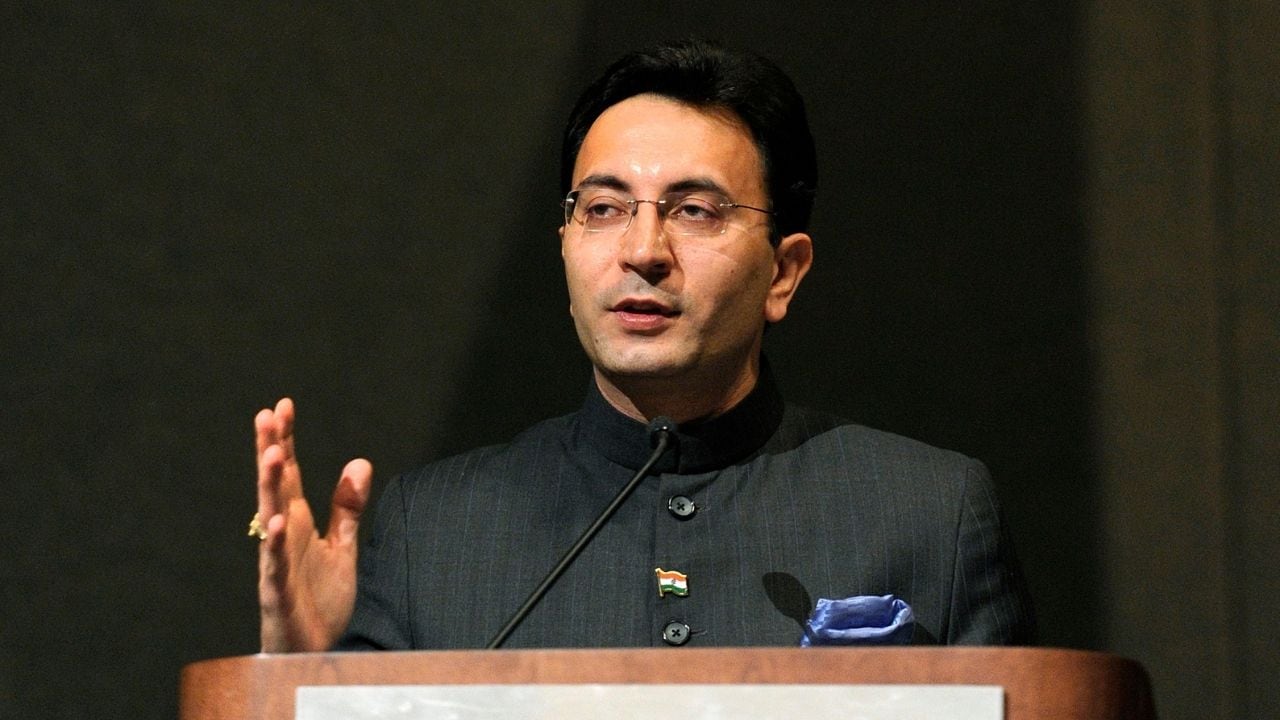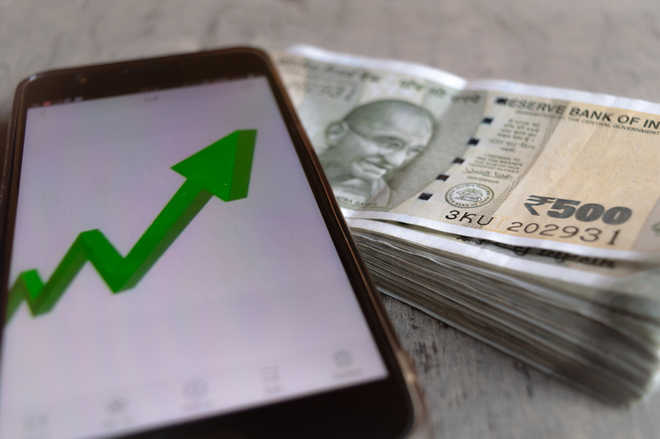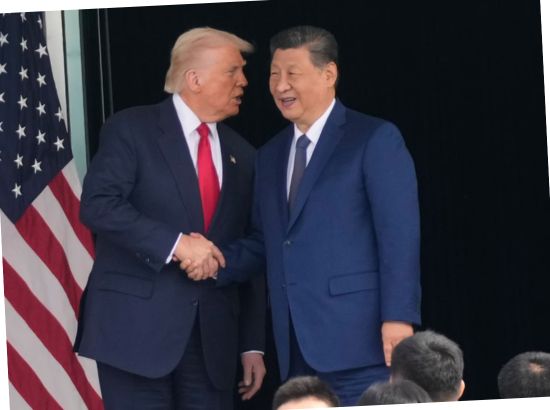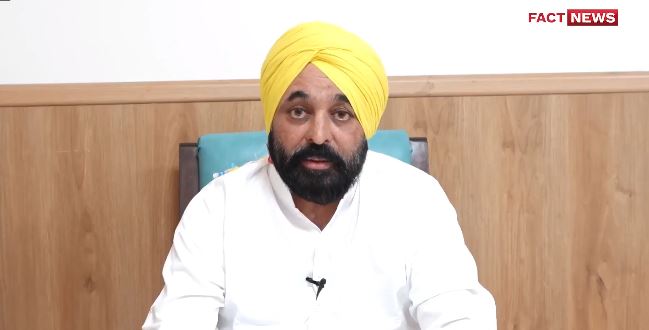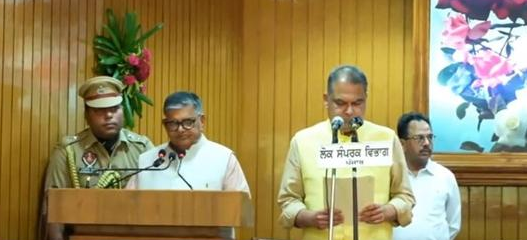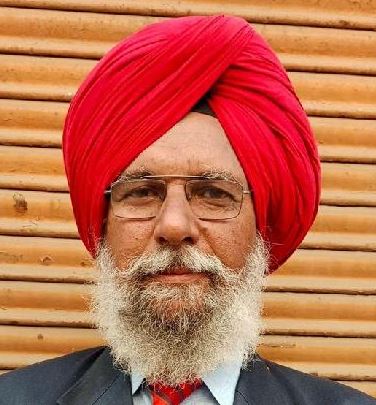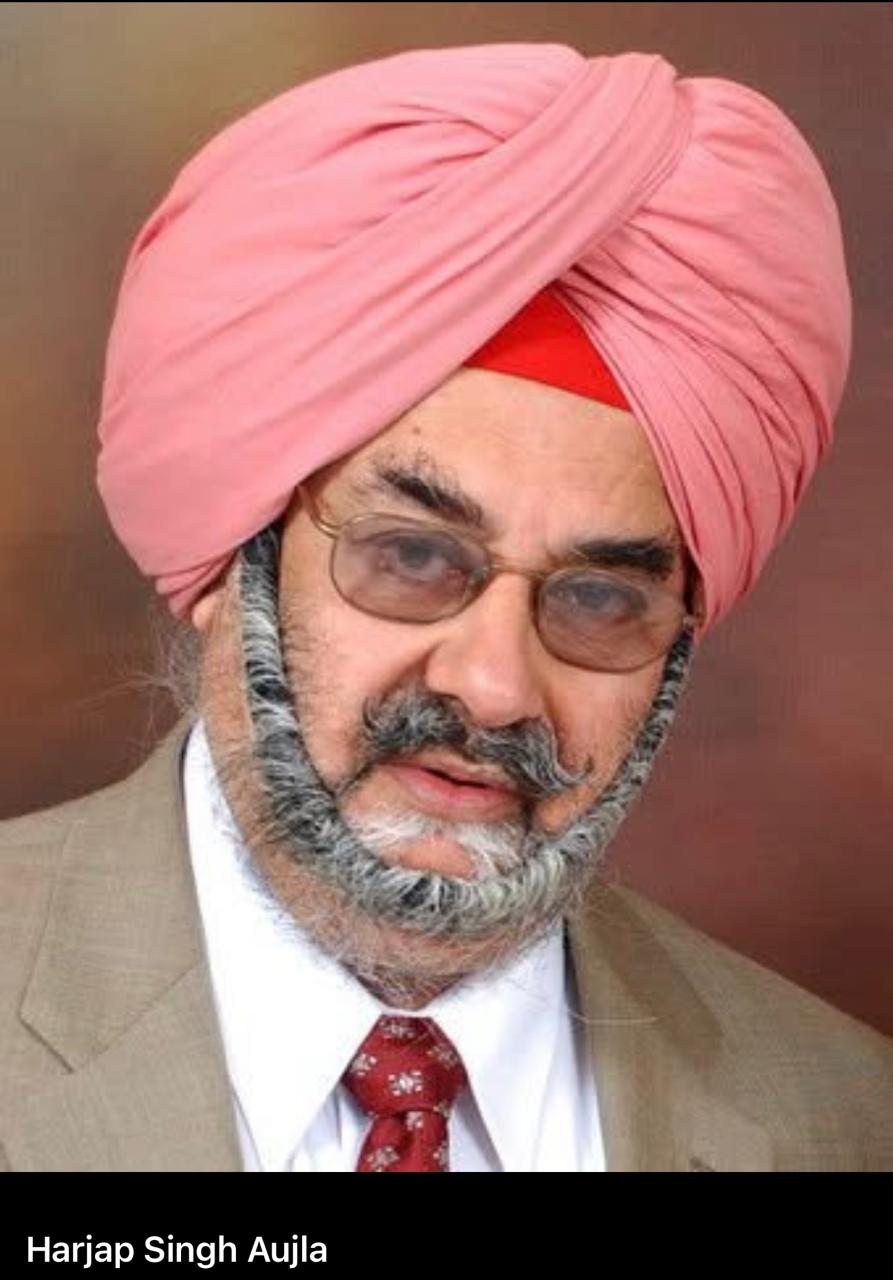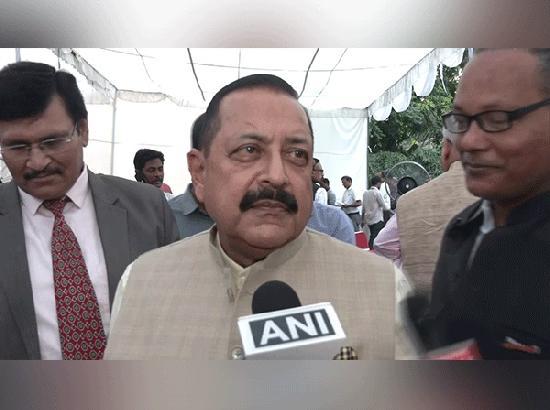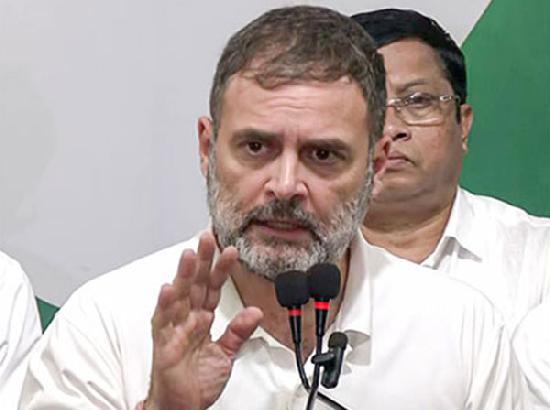India–US Tariff Dispute Nears Resolution: Report Claims 50% Tariff May Drop to Just 15% by Early November

India–US Tariff Dispute Nears Resolution: Report Claims 50% Tariff May Drop to Just 15% by Early November
A major breakthrough may be on the horizon for India as reports suggest that the United States could soon slash tariffs on Indian goods from the current 50% to just 15–16%. The two nations are reportedly in the final stages of negotiating a comprehensive trade deal aimed at reducing trade tensions and boosting bilateral commerce.
According to the report, the long-standing India–US tariff dispute is close to being resolved, with both sides having agreed on the key framework of the deal. The final agreement could be announced by the end of October, ahead of the upcoming ASEAN Summit, where President Donald Trump is expected to make an official statement.
The proposed tariff cut is seen as a significant win for India, which has long argued that the existing 50% import duty imposed by the U.S. on certain Indian products was excessively high and unfair. The new structure would reduce this burden to around 15–16%, creating opportunities for Indian exporters across multiple sectors.
Sources familiar with the talks suggest that the agreement will primarily focus on agriculture and energy, two areas where the U.S. has sought greater access to Indian markets. Analysts also believe the deal may include a clause related to India’s crude oil imports from Russia—a recurring concern raised by President Trump.
During a recent phone call with Prime Minister Narendra Modi on October 22, Trump extended Diwali greetings and reportedly discussed trade cooperation, energy security, and India’s continued oil purchases from Russia. Trump has previously stated that India could reduce its dependence on Russian crude, which may have been a key bargaining factor in securing tariff relief.
While neither government has made an official confirmation yet, reports indicate that both sides want to conclude the deal before the year-end to signal improved relations and open the door for deeper economic ties.
If finalized, the new agreement would mark a significant step toward easing trade friction between the two democracies, which have clashed in recent years over tariff policies and market access. Experts say that lowering tariffs will benefit not only major Indian exporters but also American companies seeking smoother trade flows in the post-pandemic global economy.


